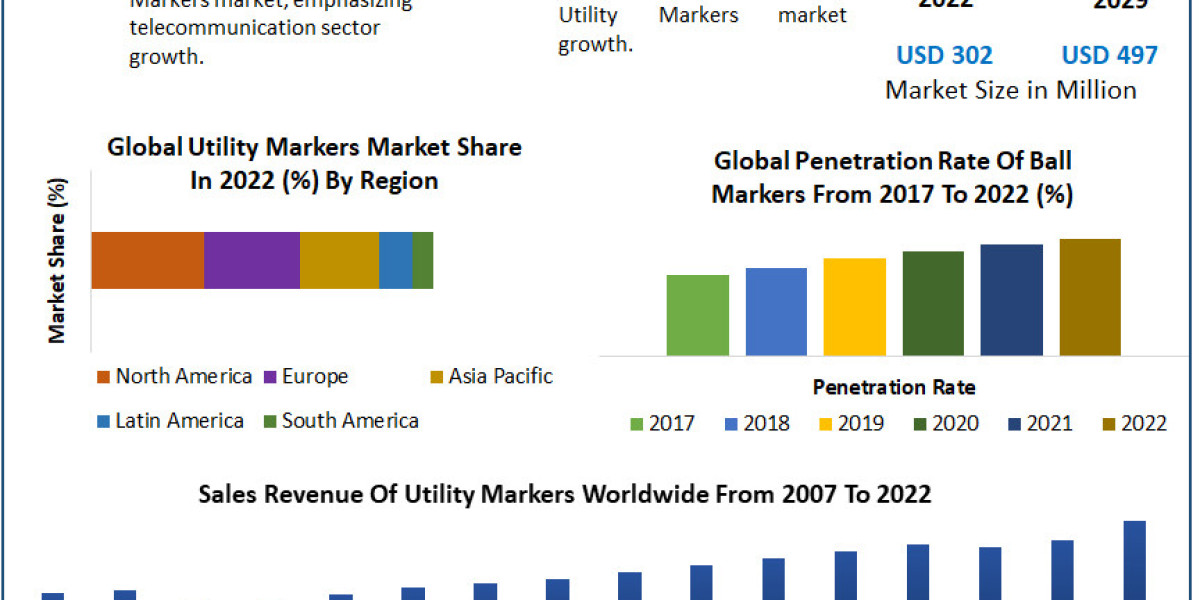Restaurant table booking apps have become a necessity in today’s dining industry, offering convenience and efficiency for both customers and restaurant owners. These apps enable diners to easily make reservations, view available seating, and even explore menus from their smartphones. For restaurant owners, they offer a way to manage bookings, increase customer satisfaction, and optimize operations.
If you are planning to invest in or develop a restaurant table booking app, understanding the essential features that make it user-friendly and functional is key. In this blog, we’ll discuss the key features you should look for when choosing or developing a restaurant table-booking app.
Easy-to-Use Interface
User-Friendly Design
The user interface (UI) is one of the most important aspects of any app. A restaurant table booking app should have a simple and intuitive design that allows users to navigate through it easily. This includes clear menus, buttons, and instructions for making reservations, checking availability, and viewing restaurant information. A cluttered or confusing design will frustrate users and may lead them to abandon the app.
Quick and Simple Reservation Process
The primary function of a restaurant table booking app is to allow users to make reservations easily. A well-designed app should streamline the booking process by allowing users to select their preferred date, time, and table with minimal effort. The app should also confirm reservations instantly and provide reminders, ensuring a seamless experience.
Real-Time Availability and Updates
Live Table Availability
One of the most important features of a restaurant booking app is real-time table availability. Users should be able to see which tables are available at any given time, preventing double bookings or confusion. This feature also helps restaurants manage their seating more effectively by showing accurate, up-to-the-minute availability.
Automatic Updates
The app should provide automatic updates to users if there are changes to their reservation, such as delays or cancellations. This ensures that customers are always informed and can adjust their plans accordingly. Automatic updates also allow restaurants to manage cancellations or no-shows more efficiently.
Geolocation and Search Features
Location-Based Search
A good restaurant booking app should allow users to search for restaurants based on their location. This is especially useful for travelers or users who want to discover new dining spots nearby. The geolocation feature enables the app to suggest restaurants within a certain radius, making it easier for users to find the perfect place to dine.
Filter Options
To enhance the search experience, the app should include filters such as cuisine type, price range, and customer ratings. This allows users to narrow down their options and find a restaurant that suits their preferences. Advanced filtering options can help users personalize their search results, making the app more appealing.
Restaurant Profiles and Menus
Detailed Restaurant Information
The app should include comprehensive profiles for each restaurant listed. These profiles should feature important details such as operating hours, contact information, and location. High-quality images and descriptions of the restaurant’s ambiance and decor will also enhance the user experience.
Menu Integration
In addition to providing information about the restaurant, the app should integrate the restaurant’s menu. Customers appreciate being able to view a restaurant’s menu before booking a table. This can include photos of popular dishes, pricing information, and even dietary options for those with specific requirements.
Customizable Booking Options
Special Requests
An essential feature of a restaurant table booking app is the ability for users to add special requests to their reservations. This can include requests for specific seating, dietary preferences, or accommodations for large groups. Allowing users to customize their reservations improves the overall dining experience and shows that the restaurant is willing to meet their needs.
Group Reservations
For larger parties, the app should allow users to book tables for multiple people and even select group dining areas. Some apps also offer features like splitting the bill or ordering group meals in advance, which can streamline the dining experience for larger groups.
Secure Payment Integration
Multiple Payment Options
A great restaurant table booking app will offer integrated payment options, allowing users to pay for their meals in advance or at the time of booking. The app should support various payment methods such as credit/debit cards, mobile wallets, and even cryptocurrency. Offering multiple payment options increases the app’s accessibility and convenience for users.
Secure Payment Processing
To ensure user trust, the app must feature secure payment gateways that protect customer data. The integration of encryption technologies and compliance with data security standards are essential to prevent fraud and maintain the app’s credibility. This is particularly important when handling sensitive financial information during reservations or payments.
Push Notifications and Reminders
Reservation Reminders
Push notifications play a critical role in keeping users engaged with the app. The app should send reminders to users about their upcoming reservations and notify them of any changes or cancellations. These notifications can also be used to prompt users to confirm or modify their reservations.
Promotions and Special Offers
In addition to reminders, push notifications can be used to inform users of special promotions, discounts, or exclusive events at their favorite restaurants. This can help increase user engagement, drive repeat business, and encourage users to explore new dining options.
User Reviews and Ratings
Customer Feedback System
A good restaurant table booking app should allow users to leave reviews and ratings for the restaurants they’ve visited. This not only helps other users make informed decisions but also gives restaurants valuable feedback on their service and food quality. The app should have a simple rating system and allow for detailed written reviews to provide a comprehensive view of the dining experience.
Restaurant Response Features
Some apps also allow restaurants to respond to customer reviews. This feature enables restaurants to engage with their customers, address complaints, and show appreciation for positive feedback. It can foster stronger relationships between the restaurant and its clientele.
Integration with Loyalty Programs
Reward Systems
To encourage repeat business, many restaurant table booking apps offer integration with loyalty programs. Users can earn points for making reservations, dining at certain restaurants, or leaving reviews, which can then be redeemed for discounts or special offers. This feature adds an incentive for users to continue using the app and fosters long-term engagement.
Referral Programs
Referral programs are another way to build a loyal customer base. By offering users rewards for referring friends and family to the app, the platform can grow its user base while rewarding loyal customers. Referral incentives can help drive downloads and increase the app’s popularity.
Multilingual and Multicurrency Support
Catering to Global Users
For apps that cater to an international audience, multilingual support is a must. Offering the app in multiple languages makes it more accessible to a broader range of users, particularly travelers or expatriates. In addition, the app should support multiple currencies to accommodate international transactions, providing a seamless booking experience for users worldwide.
Localization Features
To further enhance the user experience, restaurant table booking apps should offer localization features such as region-specific restaurant suggestions, currency conversions, and time zone adjustments. This ensures that users receive a tailored experience based on their location, language, and currency preferences.
Conclusion
A successful restaurant table booking app combines ease of use, personalization, and functionality while providing a seamless and secure experience for both diners and restaurants. By partnering with an on-demand app development company, you can integrate essential features like real-time availability, customizable booking options, secure payment gateways, and loyalty programs into your app. Prioritizing these features ensures that your app not only meets user expectations but also enhances the overall dining experience. As the industry evolves, staying updated with new trends and technologies will help keep your app competitive and relevant in the market.














